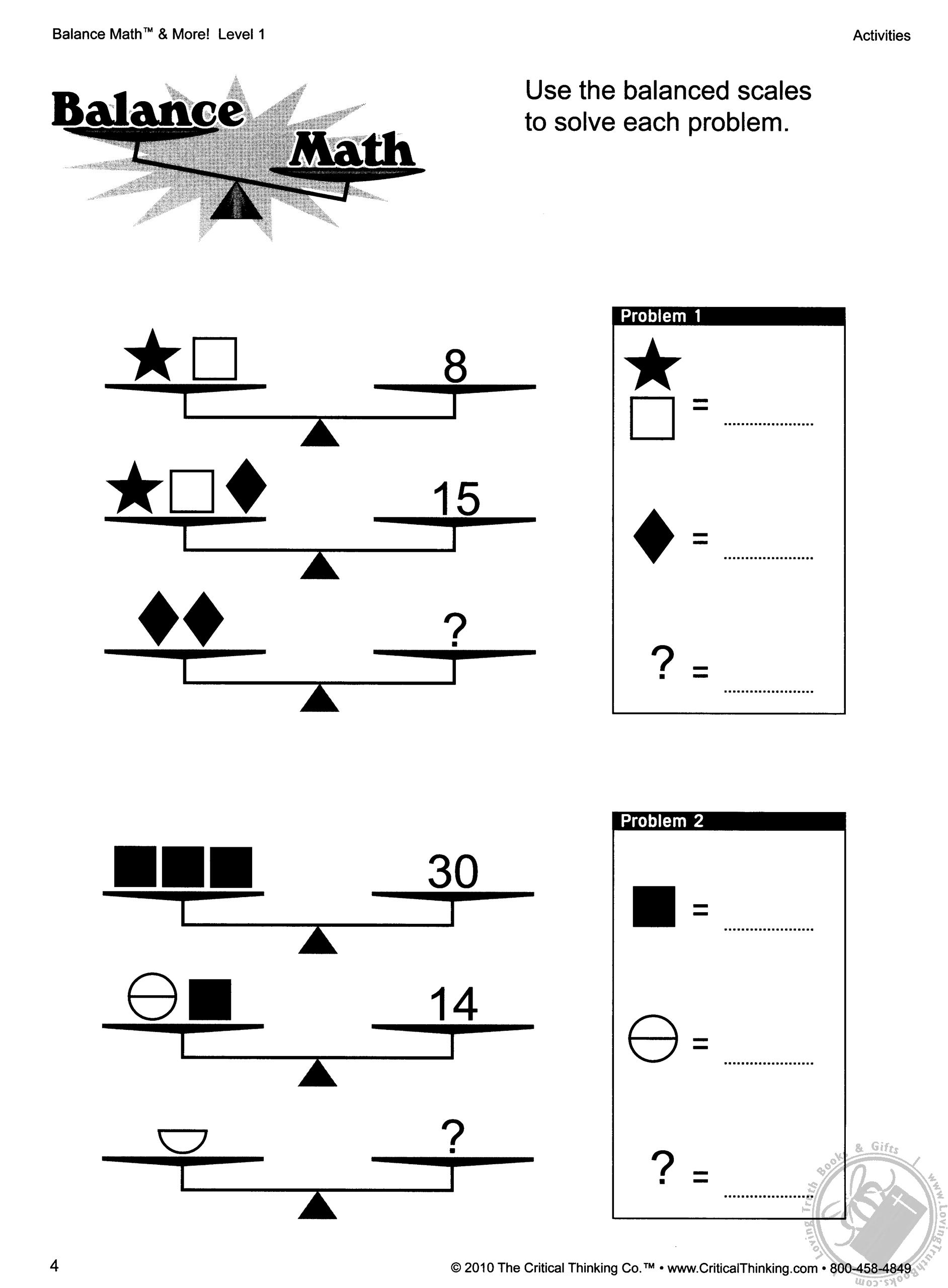

While it cannot be proven through a proof (although the authors dare anyone to disprove it), it is accepted as a reason. An example is "Through any two points there is exactly one line". However, these generalized rules have proven correct for a very long time and can be accepted with proof of their validity. Postulates hold the same value as theorems (explained next), except that they cannot be proven. For example, by using the reason "definition of a bisector" (and being ALREADY able to prove through either given information or earlier parts of the proof), you can prove that that two adjoining angles are congruent without having to go through a more lengthy proof. By using definitions, sometimes the answer or part of the working of a proof can be shortened. This sort of reasoning is not seen as often as other reasons. Definitions:Īgain, saying "Because it is" is not a reason. These for the most part are the basic mathematical functions of adding, subtracting, multiplying, and dividing, such as the second reason in the example above (Property of Subtraction). This is generally either the problem (equation) we are trying to solve, or some piece of important information given in the problem. Once they have a grasp for what these things are and what they will be using them for you will lead them into the most important piece of the lesson. We can't ask them to prove something using concepts for reasons that they don't understand. Here is the link: Proofs Using Uno Cardsįinally, lead them through a review or lesson on the following concepts so they clearly understand what these things are before you ever go into a proof. Nothing too crazy, ease them into it.įor a fun way to introduce proofs see our Uno Proofs Lesson. For example, prove that their are 20 people in the classroom (count them), prove that your desk is a rectangle (measure the dimensions and angles, this is also a great way to lead into proof by definition in this case, of a rectangle), or prove that their are 52 cards in a deck. Not necessarily math proof, just things that use numbers. Then slowly start to lead into things that involve numbers. If they are off then they are not on and vise versa), prove that chalk will write on the chalk board (write on the board), or prove that the football team won their last game (have the newspaper article with the score in it). Tell one of them to prove to everyone that the lights in the classroom are on (simply show the switch is on, then turn it to off as a way to show an "if then". How about making them prove something they are sure of (which is not math by the way). Everyone does! Start with topics they are confident in. Your students love to think critically and they love to actually prove things to be right.

Your students don't have to dislike proofs if you do a good job on the second must. Secondly, don't start with proving mathematical concepts! Do your students hate proofs? For the most part even your absolute best students will strongly dislike proofs. First, your students will not like proofs.

Chapter2ReasoningandProofAnswerKe圜K512BasicGeometry Concepts121 Inductive Reasoning from Patterns Answers 1.Before your ever start a lesson on Reasoning and Proof you must understand 2 very important things. 18 cubes Wall 4m 12 m Station 1 LESSON 21 Inductive Reasoning. Lesson 2.1 inductive reasoning worksheet answer key. Lesson 2 1 Inductive Reasoning 2-1 practice inductive reasoning and conjecture answers geometry inductive reasoning and conjecture worksheet answers 2-1 study guide and. Possible locations Gas 5 10 m A 12 m 5 Power 2. Lesson 2.1 Inductive Reasoning Worksheet Answer Keyĩ dots 10th figure.


 0 kommentar(er)
0 kommentar(er)
